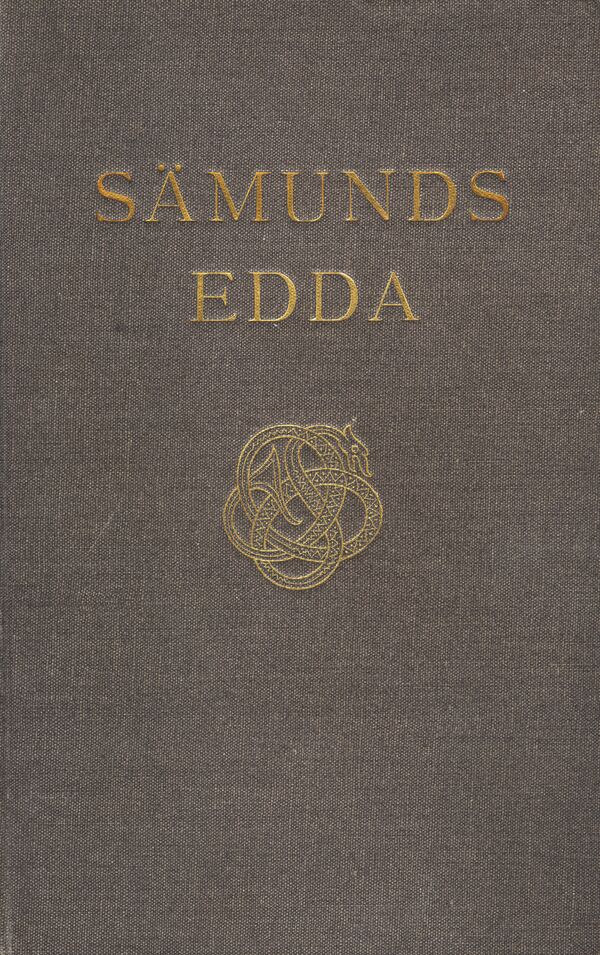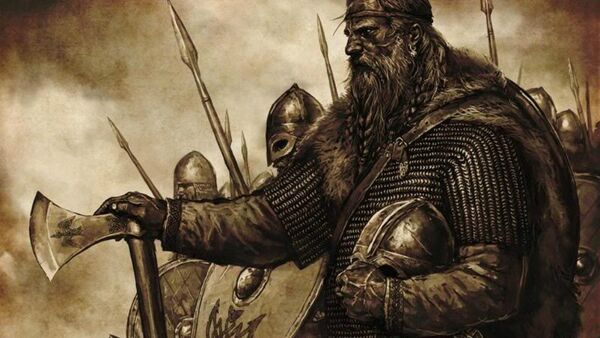Edda, also known as Snorri's Edda, Prose Edda or Younger Edda is assumed to have been written, or at least compiled, by the Icelandic scholar and historian Snorri Sturluson around the year 1220 as a textbook for scalds and provides a description of the poetic language and types of verse which were used.
"The myths are cited to explain the imagery available in Norse poetry," Lars Mårtensson, a researcher at the University of Gävle, said in a press release.
Swedish historians, theologians and linguists harbor a keen interest in Edda's original text, as the country's oldest manuscripts mainly contain provincial laws. Unlike Iceland, in medieval Sweden there was no interest in writing about the folk religion, as a close connection existed between literacy and the church. Edda says a lot about the heathen perspective.
May Freyr & Freyja bring peace
— Norse Mythology (@NorseMythNews) 8 июля 2016 г.
to this violent & hateful Midgarð#StoptheViolence #StopTheHatepic.twitter.com/WzpMtosPMP
"Indeed, we [Swedes] have our rune stones, but they are mostly from the Christian era, and there are only a few ones with a clear pre-Christian message," Mårtensson said.
According to him, potential users of the digital version will be many.
"A religion historian, interested in a particular Norse god, such as Odin or Thor, will be able to search thought the text and identify any examples of it," Mårtensson explained. "In the past, whenever one would examine a manuscript, one would have to go to the library and work with it in the reading room with gloves on."
"It so happens with medieval texts that they are almost never preserved in the author's original, but rather as copies. The translations and the ordinary editions are often slightly doctored, with some parts amended for the purpose of readability," Mårtensson explained.

In addition to Prose Edda, there is also the Poetic Edda, which is a collection of poems, involving the gods Odin and Thor, as well as stories about heroes, such as Sigurd. The same stories are available in Germanic mythology, where he is referred to as Siegfried. Norse sagas were also used as background material for Richard Wagner's epic cycle "The Ring of the Niebelung."




